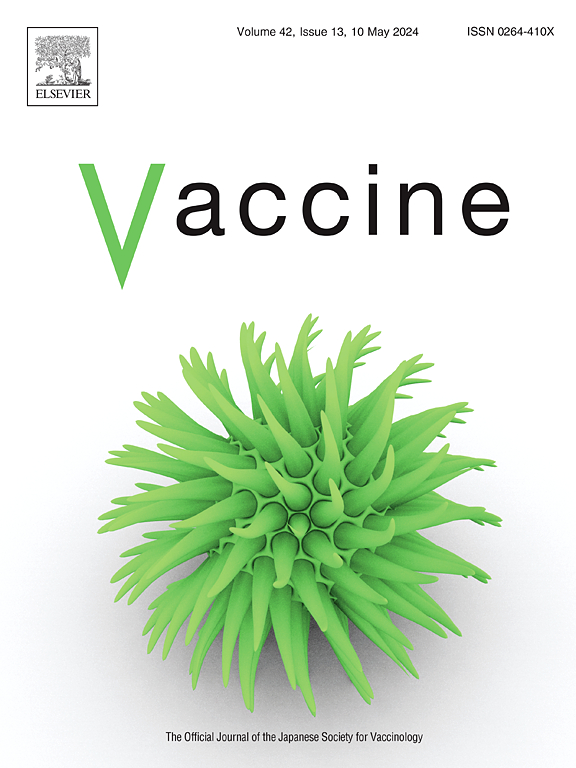A review of Canadian online resources providing information on COVID-19 vaccination for caregivers of children aged 5–11 years
IF 4.5
3区 医学
Q2 IMMUNOLOGY
引用次数: 0
Abstract
Background and objectives
Vaccination is one of the most searched health topics online, yet the quality of resources varies considerably. This study evaluated the quality of Canadian COVID-19 vaccines online resources for caregivers of 5–11-year-old children.
Methods
We reviewed Canadian public-facing websites from academic pediatric hospitals, governments, professional organizations, and public health authorities until April 22, 2022. Inclusion criteria included English/French resources targeting caregivers of 5–11-year-olds, presented as webpages, FAQs, posters/infographics, and/or videos. Reliability, readability, and understandability/actionability were appraised using the JAMA Benchmark, Flesch-Kincaid Grade Level, and Patient Education Material Assessment Tool for Printable/Audiovisual materials, respectively. We used a content checklist to assess key vaccine topics (e.g., effectiveness and safety). Descriptive statistics included Fisher's exact and ANOVA tests.
Results
Of 1046 websites screened, 43 primary webpage clusters and 141 secondary webpages were analyzed. Twenty (46.5 %), 9 (20.9 %), 7 (16.3 %), and 7 (16.3 %) primary webpage clusters belonged to government, academic pediatric hospitals, professional organizations, and public health authorities, respectively. The mean JAMA Benchmark score was 3.47 ± 0.55 (out of 43). Of 43 clusters, only five (11.6 %) scored at or below a US 6th-grade education level. While 42/43 (97.7 %) primary clusters including printable materials were understandable (PEMAT-P > 70 %), only 7/43 (16.3 %) were considered actionable. The mean content score was 12.65 ± 3.60 (out of 20) among the 43 primary clusters. No differences in quality were seen across organization types, except for actionability (p = 0.016).
Conclusions
Although most Canadian webpages on COVID-19 vaccines received high scores in understandability, areas requiring improvement in actionability, readability, and content were identified.
求助全文
约1分钟内获得全文
求助全文
来源期刊

Vaccine
医学-免疫学
CiteScore
8.70
自引率
5.50%
发文量
992
审稿时长
131 days
期刊介绍:
Vaccine is unique in publishing the highest quality science across all disciplines relevant to the field of vaccinology - all original article submissions across basic and clinical research, vaccine manufacturing, history, public policy, behavioral science and ethics, social sciences, safety, and many other related areas are welcomed. The submission categories as given in the Guide for Authors indicate where we receive the most papers. Papers outside these major areas are also welcome and authors are encouraged to contact us with specific questions.
 求助内容:
求助内容: 应助结果提醒方式:
应助结果提醒方式:


